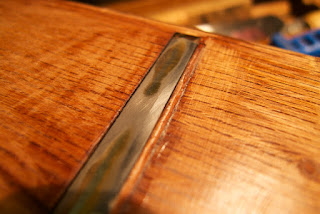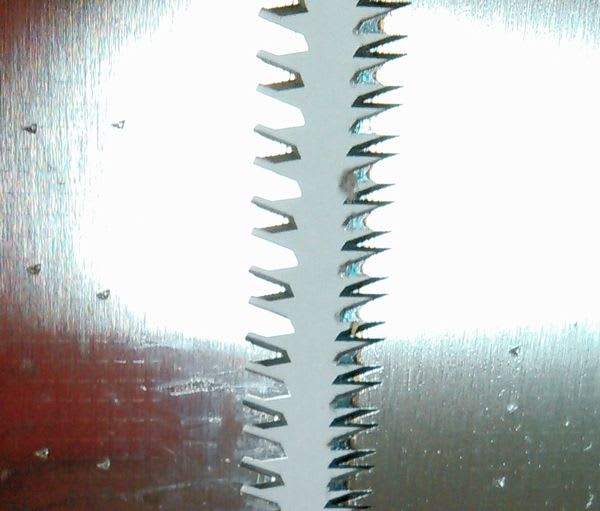Arrived to Germany 2 days ago, stayed at hannover for a bit, and today finally to Celle to see a half broken grandmother (she fell on the street) and a sad Opa. Life sucks when you grow old it seems.
But the tools... I ordered a few things from Japan before coming here and they are almost all here. 40 files we bought with Jason and Mark, a plane blade, a few things from Junji that I ordered before leaving europe last time. Three other packages are on its way with 2 planes, a hammer and 2 kitchen knives. Some sweet ass shit so start wetting your mouth.
Before that though, the shinglemaker had the genius idea of enslaving me for some sharpening class/demonstration:
http://www.woodworking.nl/showthread.php?15417-Japanse-Zaag-Slijpen-Demonstratie-Cursus
If you are from Holland but cannot make it the 31st of October and would like to meet, I will be in Enschede and Amsterdam before that, so drop me a line if you are in the mood for sharpening.
Now the sweets:
I finally feel like my friend from Ariari, well, with 1/10th of his skill and coolness that is.
Oh, you don't know who ariari is? Ariari is kioto master carpenter with the coolest planes ever. He's also friend with chumasaru and likes to play with cool saws:
Back to my delicious new plane. I saw it and loved it. The proportions of it. I don't remember if I focused on the skin of the blade with the auction pictures but that was the first thing I noticed after seeing it live. The blacksmith worked to a ver final size on the anvil, and you see forge marks everywhere save the sides, ura and bevel. A master's work.
The curve of the top is particularly lovely. While the back is rough and sex.y
Final one, die of envy. I think I payed 50usd for the blade, the dai was here waiting for it.
Anyway. Next surprise of the day was this:
I opened a book and some papers fell.
A second hand book from amazon, 20eur or so.
The description didn't say anything about plates, so I want to put them all here for other prospective buyers
Lots of roofs, joints and geometry
And this is the book: Die Holzkonstructionen. No idea what says inside (there's a lot of text, not jsut nice drawings) but seems like a fucking good buy only to see those plates. A better review when I read it a bit.
And you remember my stair making business?
Exactly. It's explained very simply here:
With lots of diagrams and a bit of text.
I could have used this explanation a while ago.
And Gabe™ bevel gauge in use:
This is one of the books Chris Hall recommends and I can see why. The text is a reprint of an old book with comments and drawings from a more up to date guy, it seems quite useful and a good help for my stupid modern mind that didn't learn geometry in school.
I also ordered the one lost art press re-printed, making windows, doors and stairs, but it doesn't show how to make handrails, just stairs so I didn't pay much attention to it.























































